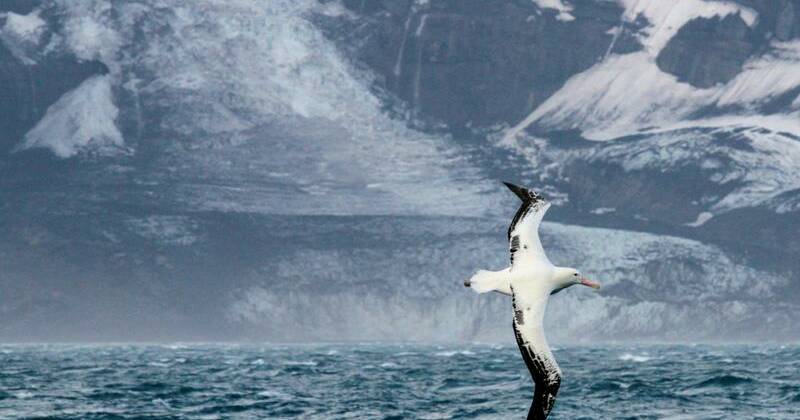
Signs of the H5 avian influenza have been observed for the first time on Heard Island, a remote sub-Antarctic territory of Australia. This development has raised alarms among environmental groups and researchers, who are calling for increased surveillance and resources to mitigate the potential threat of this deadly bird flu strain reaching the Australian mainland.
Australia remains the only continent currently free from the H5 strain, which has been responsible for the deaths of millions of birds and marine life, including seals, across the globe. Recent observations on Heard Island have shown unusual mortality rates among elephant seals, prompting the need for testing to confirm the presence of the virus.
Global Spread and Local Concerns
The World Health Organization’s avian flu researcher, Michelle Wille, has expressed concerns over the inevitability of the H5 strain reaching Australia’s shores, given its widespread global presence. “It’s not a question of if, but when,” Wille stated, emphasizing the need for proactive measures.
In response, the Australian federal government has committed over $100 million to bolster bird flu preparedness and response strategies. This investment is aimed at protecting Australia’s agricultural industries, unique wildlife, and the national economy from the significant risks posed by the virus.
Calls for Increased Investment
Despite the substantial funding, experts like Carol Booth, policy director at the Invasive Species Council, argue that more resources are necessary. “One of our major concerns when bird flu hits will be that there will be multiple outbreaks, in poultry and the wild,” Booth noted. “That’s when we’ll really feel the lack of investment in biosecurity and environmental departments. It will be a people issue, a resource issue.”
The potential impact on native species, already under threat from invasive predators and pests, could be severe, Booth warned. The need for enhanced surveillance and biosecurity measures is critical to prevent widespread outbreaks.
Heard Island: A Wildlife Sanctuary at Risk
Heard Island, located southwest of Perth and part of the World Heritage list, is home to a diverse array of wildlife. The island’s isolation has kept it relatively free from invasive species, making it a rich habitat for various animals.
The recent detection of H5 signs on Heard Island was not entirely unexpected, according to federal agriculture and environment departments. The virus has previously been identified on nearby French territories, the Kerguelen and Crozet islands, which are less than 450 kilometers away.
“It (Heard Island) has got very few invasive species and is … untouched. It’s a rich place for wildlife,” said a spokesperson from the department.
Looking Ahead: The Need for Vigilance
The emergence of the H5 strain on Heard Island serves as a stark reminder of the interconnectedness of global ecosystems and the ease with which diseases can spread across borders. The Australian government and scientific community are urged to remain vigilant and continue investing in preventive measures to safeguard the continent’s unique biodiversity.
As the situation develops, the focus will remain on testing and monitoring wildlife populations on Heard Island and other vulnerable areas. The collaboration between government agencies, researchers, and environmental groups will be crucial in addressing this potential threat effectively.
In the coming months, the world will watch closely as Australia navigates this challenge, balancing the need for immediate action with long-term strategies to protect its environment and economy from the looming threat of avian influenza.





